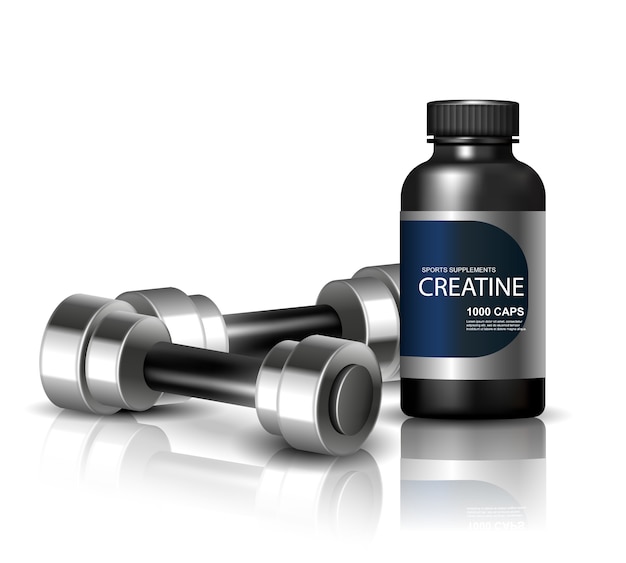For women committed to improving their running performance, building endurance is essential. Yet, many hit frustrating plateaus or even regress—despite logging miles and pushing through tough workouts. The culprit? Often, it's not effort but subtle, overlooked mistakes undermining progress.
This guide uncovers 30 common endurance-sabotaging habits—specifically relevant to female runners—and delivers clear, science-backed solutions. From training missteps to recovery oversights, we’ll clarify what to do, why it works, and how to adapt for lasting results.
Many runners go too hard on recovery days, preventing true physiological adaptation. Easy runs build aerobic capacity without excess strain.

Running alone isn’t enough. Strength work improves muscle efficiency, joint stability, and injury resilience—key for long-term endurance.
Erratic running patterns disrupt aerobic development. Consistency—even with moderate mileage—trumps sporadic high-volume weeks.
Poor or insufficient sleep impairs recovery, hormone balance, and muscle repair. Aim for 7–9 hours nightly to support endurance gains.
Chronic mild dehydration reduces blood volume and oxygen delivery. Sip water throughout the day, not just during workouts.
Female runners need adequate calories to sustain energy systems. Undereating leads to fatigue, hormonal disruption, and stalled progress.

While running builds endurance, cross-training like cycling or swimming can boost aerobic fitness with less joint impact.
Muscles adapt during rest. Without scheduled recovery, fatigue accumulates, increasing injury risk and reducing performance.
The 10% rule exists for a reason. Rapid increases in distance are a top cause of overuse injuries like stress fractures.
Overstriding, hunching, or uneven arm swing wastes energy. Focus on a slight forward lean, midfoot strike, and relaxed posture.
Without monitoring pace, distance, or perceived effort, it’s hard to assess improvement or adjust training.
Signs include persistent fatigue, irritability, and declining performance. Balance intensity with recovery to avoid burnout.
Hormonal fluctuations affect energy, recovery, and performance. Adjusting intensity across the cycle can optimize endurance gains.
Running shoes lose cushioning and support after 300–500 miles. Replace them regularly to reduce injury risk.

Dynamic stretches pre-run prepare muscles; cool-downs aid recovery. Both enhance long-term endurance capacity.
Endurance isn’t just about mileage. Incorporate tempo runs, intervals, and hill repeats to build speed and stamina.
Within 30–60 minutes post-run, consume a mix of carbs and protein to replenish glycogen and repair muscle.
Long runs without fuel lead to bonking and muscle breakdown. Practice fueling strategies for endurance events.
Endurance is as mental as it is physical. Visualization, breathing techniques, and positive self-talk build resilience.
Iron deficiency is common in female runners and reduces oxygen transport. Include iron-rich foods and consider testing if fatigued.
A strong core improves posture and running economy. Add planks, bird-dogs, and bridges to your routine.
Running only on pavement increases impact stress. Mix in trails, tracks, or treadmills to reduce strain and improve balance.
Relying too much on pace data can lead to overexertion. Learn to listen to your body’s cues—breathing, heart rate, effort.
Tight hips, hamstrings, or calves limit stride efficiency. Stretch or foam roll 2–3 times weekly.
Random running lacks progression. Follow a structured plan with periodization to peak for goals.
Niggles often become injuries. Address pain early with rest, ice, or professional guidance.
Shallow chest breathing limits oxygen intake. Practice diaphragmatic breathing to improve endurance.
Every runner’s journey is unique. Focus on personal progress to stay motivated and avoid burnout.
Test your fuel, gear, and pacing in training. Surprises on race day hurt endurance performance.
Endurance builds over months and years. Set sustainable goals and embrace gradual progress.
By identifying and correcting these 30 mistakes, female runners can unlock their true endurance potential. Focus on consistency, recovery, and smart training—not just mileage—to run stronger, longer, and healthier.

Fitness

Fitness

Fitness

Fitness

Wellness

Fitness

Fitness

Fitness

Fitness

Fitness

Fitness

Fitness

Health

Fitness

Health

Health